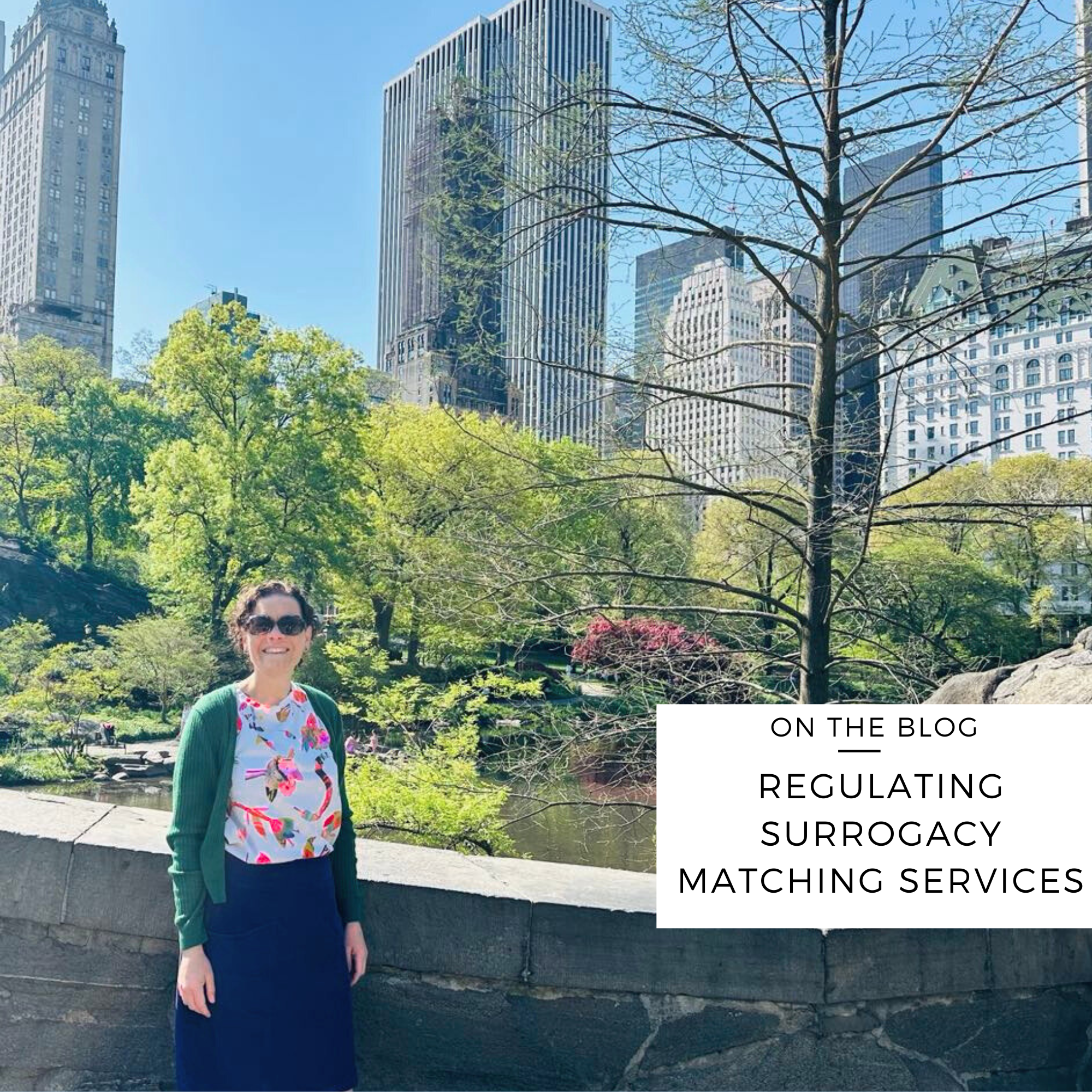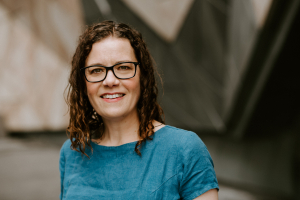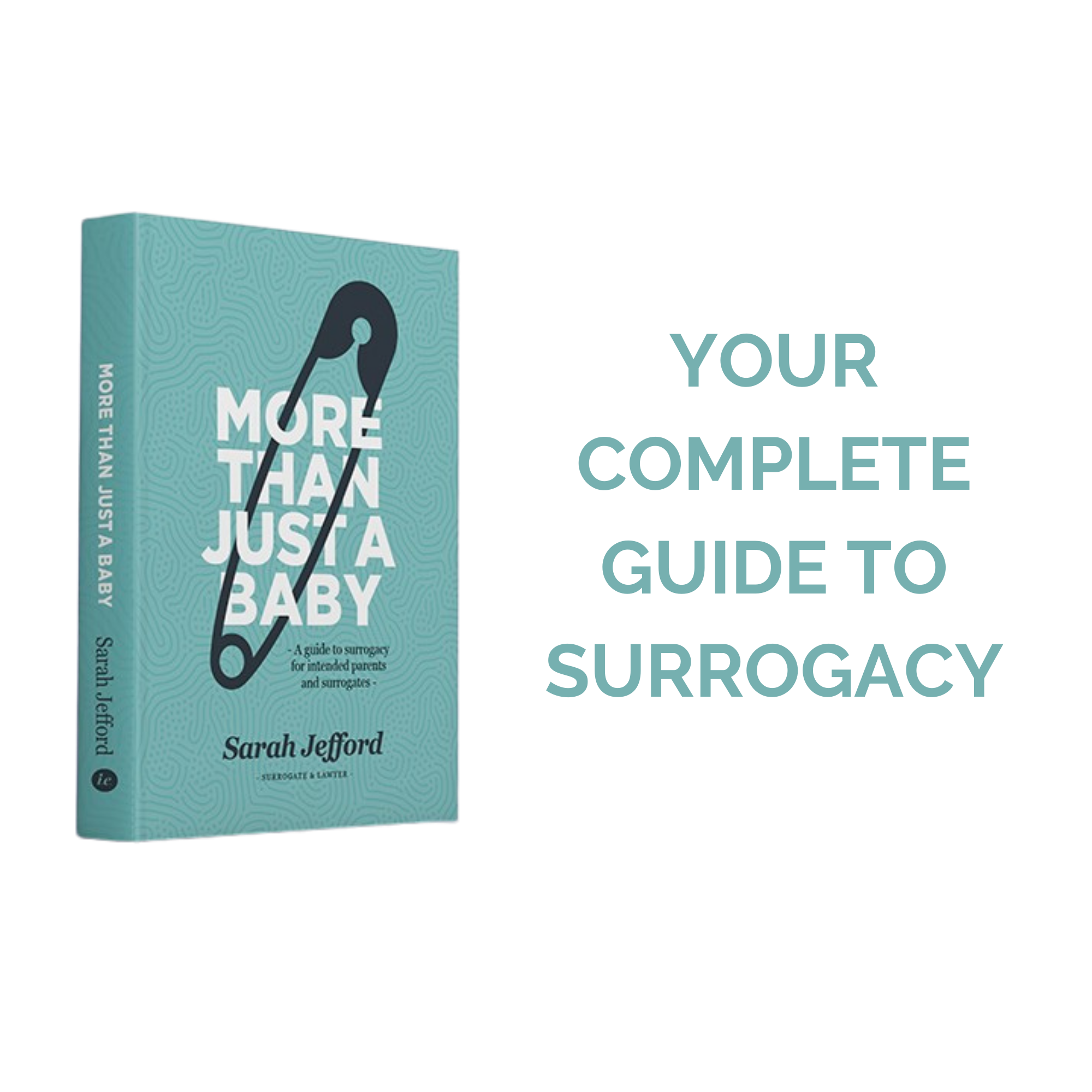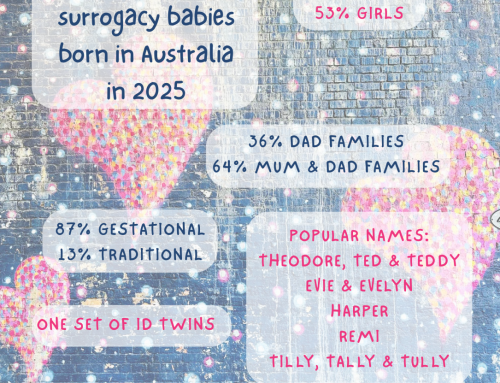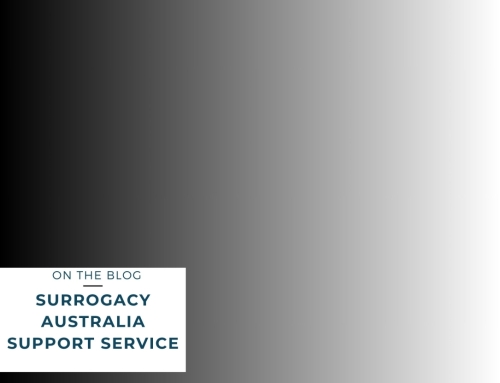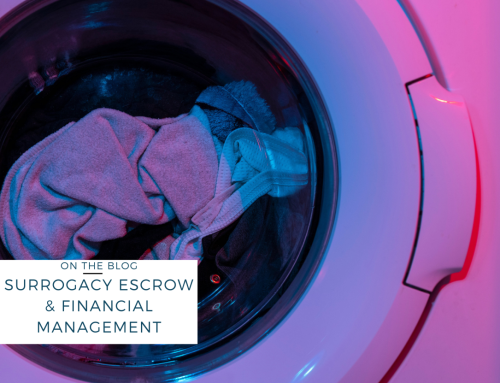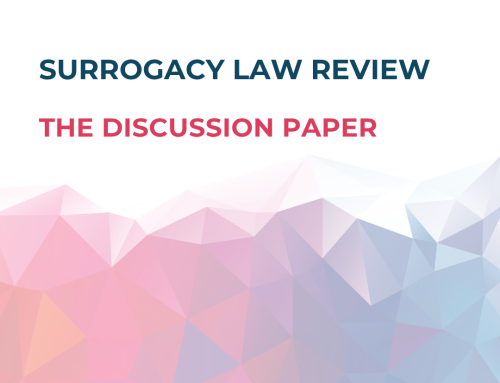Like any industry, surrogacy matching services need to be regulated to ensure best practice and to protect people from exploitation.
During my Churchill Fellowship, I spent time in New York and at the Academy of Adoption and ART Attorneys (AAAA) conference in Puerto Rico, where I had the opportunity to speak to surrogacy lawyers and agency owners about regulation of the surrogacy industry and in particular, surrogacy matching services.
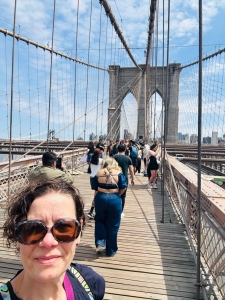
In 2021, New York introduced a licensing system for surrogacy matching services pursuant to the Child-Parent Security Act (CPSA). The model is the only one of its kind so far in the world, and aims to balance the legal, ethical and logistical challenges of surrogacy arrangements. The Surrogacy Program license is managed by the New York Department of Health and requires all matching services, agencies and other service providers to be licensed if they wish to practice in the state of New York.
The licensing framework ensures adherence to established standards including disclosing financial ownership, management and stability, having policies around consent, privacy and anti-discrimination, and reporting and audits.
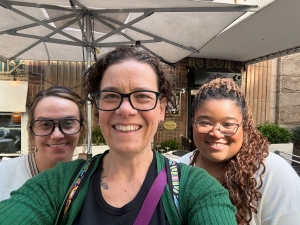
I met Angela and Madison from Alcea Surrogacy in New York.
The licensing framework aims to promote ethics and integrity in the industry and weed out any providers that do not adhere to these standards.
Ethical standards include that the provider must ensure the parties receive independent legal advice and counselling, that surrogates are appropriately compensated, informed consent is obtained and safeguards are in place to avoid coercion and exploitation.
During my travels, I met many people who were supportive of the licensing requirements and ethical standards. ‘What’s not to like?’ was the general consensus. The licensing requirements ensure only those surrogacy matching services willing to adhere to ethical standards can offer services in New York, and several providers considered that this raised the bar of what parties can expect of the industry. One agency said they were applying the same standards to arrangements they facilitated outside of New York, because they considered the New York standards to be ‘best practice.’
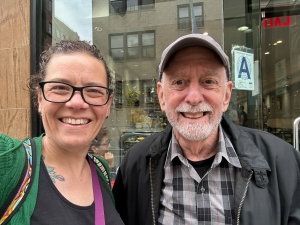
I met lawyer Bill Singer from New Jersey.
The New York model provides some balance between permissiveness and protection, recognising surrogacy as legitimate way to grow a family while ensuring the parties are protected from exploitation.
How would a licensing system work in Australia?
We currently have a patchwork of surrogacy laws in Australia and little to no regulation of service providers. Anyone offering an international surrogacy service, or a matching service in Australia, are generally operating outside of the law.
A licensing system, regulated and managed by government and perhaps through the Department of Health, would allow for service providers to operate in Australia, as long as they meet required standards. It would also allow for enforcement, and a complaints mechanism. Such a framework would provide intended parents and surrogates with clarity and piece of mind that the service is professionally-run, would deliver as it promised, and that there is recourse if they do not. If managed properly, a licensing system could lead to positive outcomes for everyone involved, including the children born.

The view from the Top of the Rock, NYC.
There are only 130-150 surrogacy births in Australia each year, and over 300 babies born via international surrogacy for Australian intended parents. Many children born overseas are born in countries where surrogacy is unregulated, and there are risks for the babies and surrogates, and frequent allegations of human trafficking and exploitation. My Churchill Fellowship seeks to find ways to make surrogacy more accessible within Australia, to reduce the need for intended parents to travel overseas for surrogacy.
We should introduce regulation of surrogacy matching services and have independent surrogacy escrow companies in Australia.
Interested in surrogacy in the USA, or other international destinations? Find out about each destination and get legal advice before you go.
Read more about my vision for Australian surrogacy reform and how to make sure surrogacy and ethics are at the forefront of our decisions and to ensure surrogacy awards are not compromising integrity.
If you are new to surrogacy, you can read about how to find a surrogate, or how to become a surrogate in Australia. You can also download the free Surrogacy Handbook which explains the processes and options.
Sarah has published a book, More Than Just a Baby: A Guide to Surrogacy for Intended Parents and Surrogates, the only guide to surrogacy in Australia.
I’ll be back in the office in late May, and my Churchill report will be published later in the latter half of 2025.

